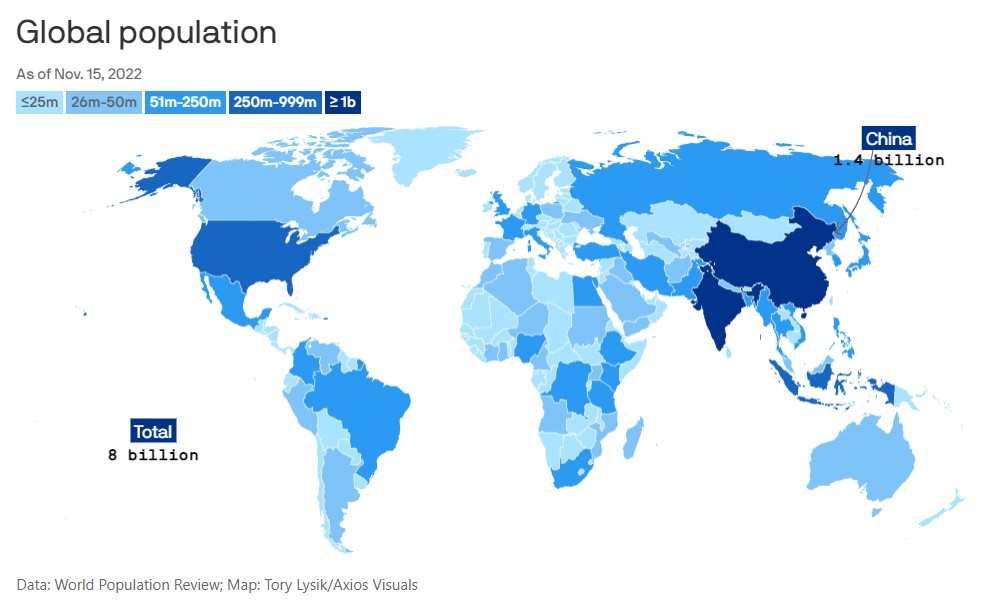
11-20 #AllCodes : Qualcomm’s series of announcements; Samsung is working with Google and AMD for next-gen SoC; The world’s population is reaching 8B people; etc.

Qualcomm has unveiled its new flagship, Snapdragon 8 Gen 2. Qualcomm has focused on improving power efficiency, but the new chip still brings appreciable speed-ups. The new Kryo CPU trio delivers up to 35% higher performance with up to 40% higher efficiency. The Gen 2 brings support for new, faster memory technologies. For RAM it works with LP-DDR5X at up to 4,200MHz (up from LP-DDR5 at 3,200MHz). For storage it can use the new UFS 4.0 format (up from UFS 3.1). The latest Adreno GPU promises up to 25% higher performance with up to 45% higher power efficiency. It can drive on-device displays with QHD+ resolution at up to 144Hz or 4K ones at up to 60Hz. It also supports external displays up to 4K at 60Hz (with 10-bit Rec. 2020 color gamut, HDR10+ and Dolby Vision to boot).(Liliputing, Qualcomm, GSM Arena)
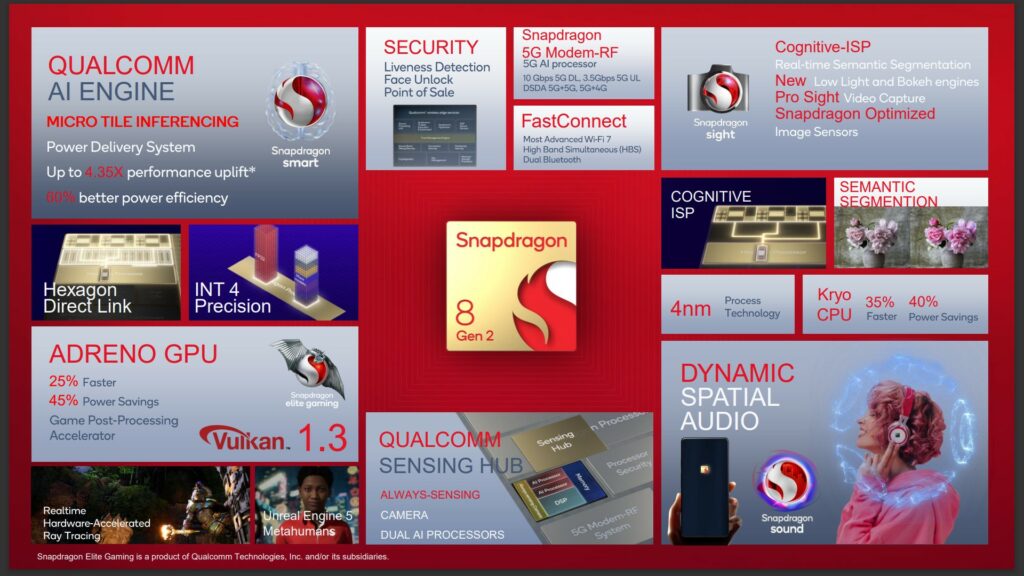
Qualcomm introduces its brand new Bluetooth audio platforms. Qualcomm S5 Gen 2 and S3 Gen 2 come with spatial and lossless audio streaming over Bluetooth. Qualcomm claims that the new sound platforms are the company’s “most advanced Bluetooth audio platform to date”, featuring support for its Snapdragon Sound technology and optimized to work with the new Snapdragon 8 Gen 2 SoC. The audio platforms bring a host of new premium features to Snapdragon Sound, including spatial audio with dynamic head-tracking, improved lossless music streaming, and 48ms latency between phone and earbuds for lag-free gaming. (Android Central, Qualcomm, GSM Arena, XDA-Developers)
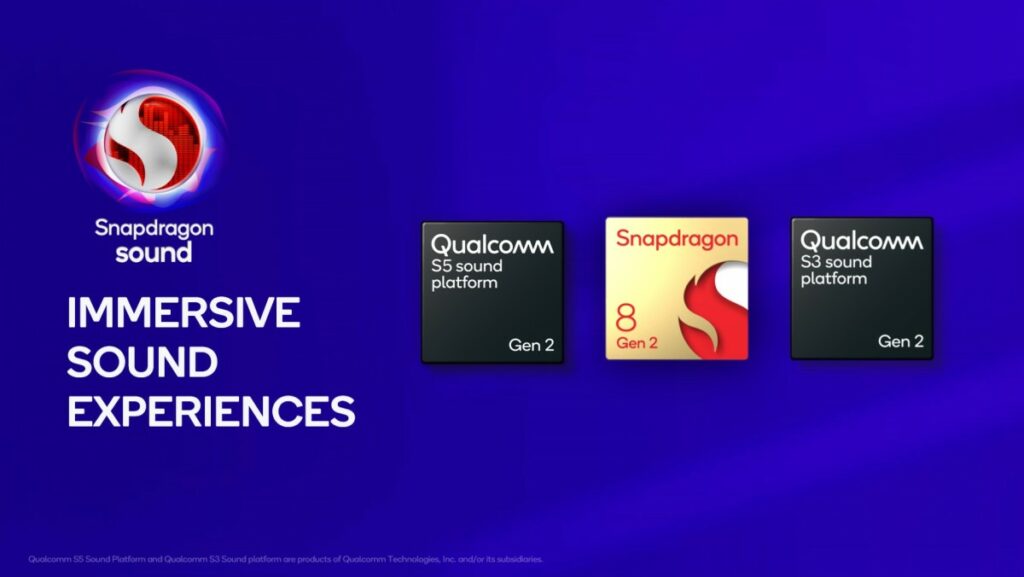
Qualcomm has debuted a new augmented reality platform for next-gen AR smart glasses, namely Snapdragon AR2 Gen 1. The new Snapdragon AR2 Gen 1 is built from the ground up on a multi-chip distributed processing architecture combined with customized IP blocks. Qualcomm claims that the new platform delivers 2.5x better AI performance than the Snapdragon XR2 Gen 1 while consuming 50% less power, making it ideal for AR glasses that consume less than 1W power. The Snapdragon AR2 Gen 1’s multi-chip architecture consists of an AR processor, an AR co-processor, and a connectivity platform.(GSM Arena, Qualcomm, XDA-Developers)
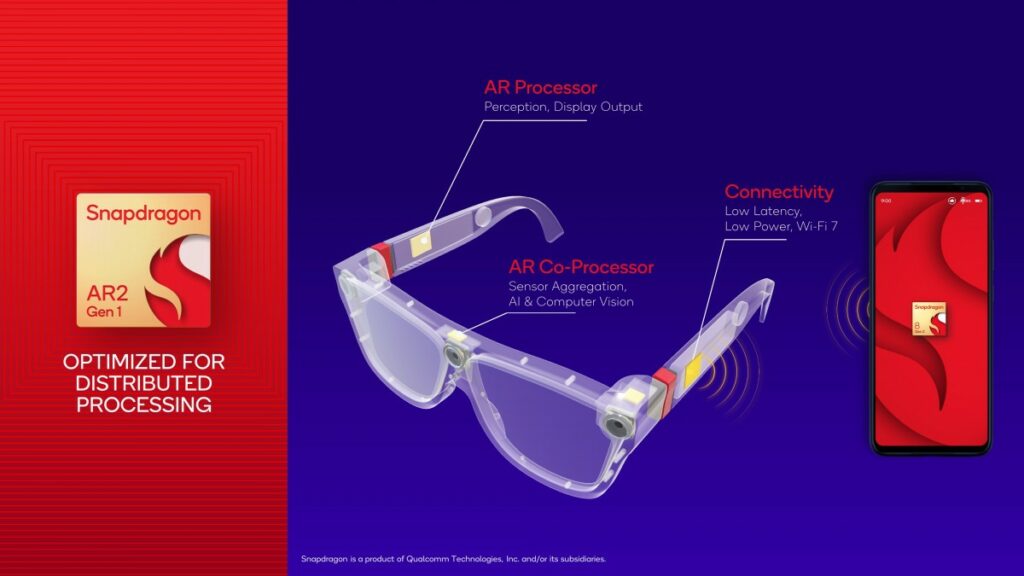
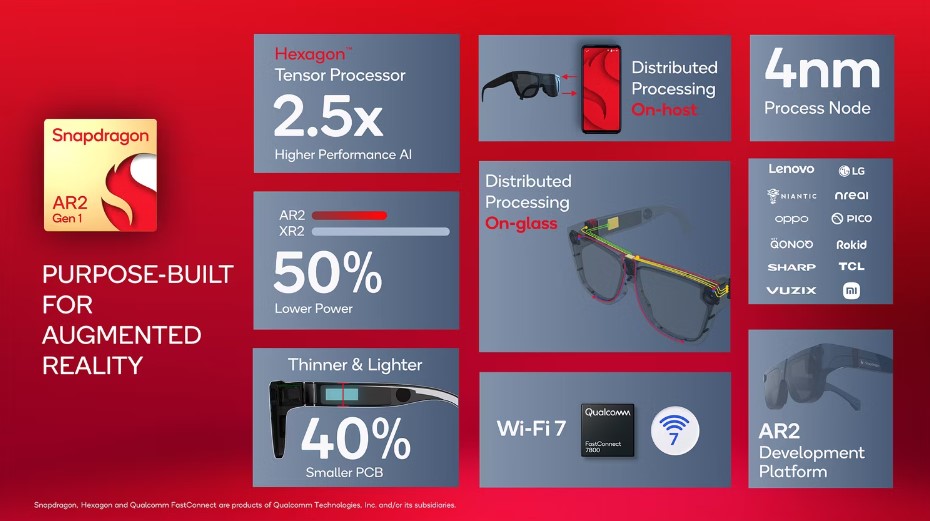
Don Maguire, the Senior VP and CMO of Qualcomm, has revealed that his firm will maintain a collaborative relationship with Samsung. He has said that Samsung might be on board for the 3nm and 2nm chips. While the TSMC handles the production of the coming Snapdragon flagship processor, Samsung might be a fallback option. This multi-foundry strategy will help boost the supply of this chip in the event of soaring demands. According to Don Maguire, this strategy is “appropriate for expanding into business areas other than smartphones”.(Android Headliens, The Elec)
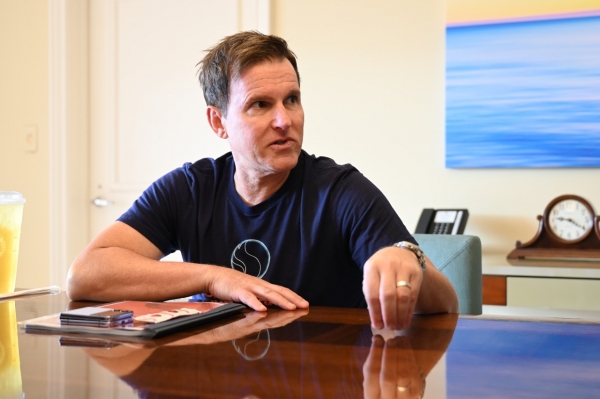
Apple CEO Tim Cook has made it clear that he wants Apple to diversify the locations where the company’s all-important processors are made for its devices. Currently, Apple designs its chips and has the actual components manufactured in Taiwan by the world’s largest chip foundry TSMC. TSMC makes all of its cutting-edge chips in Taiwan although a TSMC fabrication facility in the U.S. will go online in 2024. Originally TSMC said that the plant (in Phoenix, Arizona) would manufacture 5nm chips but fresh reports say that Apple and TSMC are talking about moving production of 3nm chips to the U.S. Apple’s CEO Tim Cook has said that Apple would start purchasing chips from TSMC’s Arizona facility in 2024. The executive also said that Apple would look to buy chips from facilities in Europe.(Phone Arena, Bloomberg)
ASML CEO Peter Wennink has revealed that the highly anticipated high-NA EUV equipment will begin shipping in 2024 and cost EUR30-35B per unit. High-numerical aperture (NA) extreme ultraviolet (EUV) is an upgraded version of the Dutch company’s prior EUV equipment. The NA is increased from 0.33 to 0.55, allowing it to draw even finger circuit patterns which is necessary for the development of 2nm or below process nodes. Wennink said high-NA EUV equipment will be applied to fabs for the first time in 2024 and the company plans to manufacture 20 units per year in the long term.He has also revealed that said the company will be able to mass-produce the equipment sometime in 2026-2027 and will work to expand its production capacity as much as possible.(My Drivers, The Elec, TechNews)
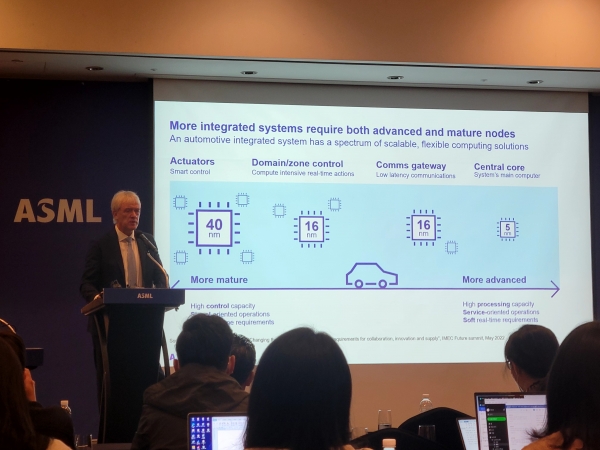
Samsung is reporedly working with Google’s Tensor team and AMD’s graphics team to create a new chipset that will be powering the Samsung Galaxy S-series flagship smartphones, most likely from 2025. (Gizmo China, Twitter, WCCFTech, Phone World)
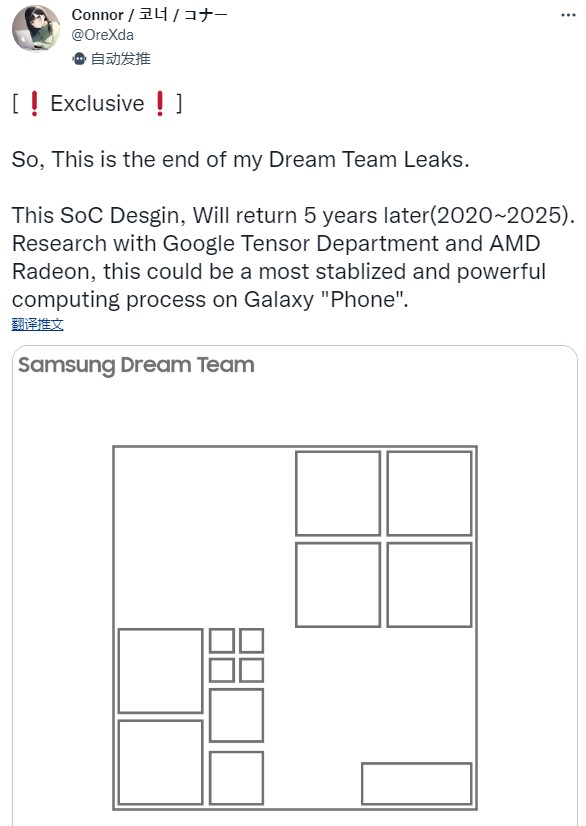
MediaTek has reiterated their plans to eventually enter the PC market with an Arm processor, challenging Qualcomm’s Snapdragon in the Windows on Arm market. Corporate vice president Vince Hu has said that MediaTek planned to move from the “low-power space to the high-power space”, taking some of the Arm technology it has applied to smartphone chips like its Dimensity processor line and applying it to PCs. He has referred to a “recognition that we have to support higher-performance applications”. “In CPU and GPU we are having to make some bigger investments as a foundational capability”, Hu added.(Gizmo China, PC World, IT Home)

Samsung has alllegedly removed Partron as a camera module supplier from the Galaxy Z Flip 5 and Galaxy Z Fold 5 phones launching in 2023. Partron had been a major supplier of camera modules for the Galaxy Z Fold 4 that launched in Aug 2022. It was a secondary supplier of cameras for the back of the smartphone, while Samsung Electro-Mechanics (SEMCO) was the primary supplier. Samsung Electro-Mechanics, Powerlogics, Mcnex, Namuga, and Sunny Optical are primary suppliers, while Partron is either the secondary or tertiary supplier, depending on the module. Partron is also still a major supplier of Galaxy A series and Galaxy M series of smartphones, which ship far more units than foldable smartphones, which only account for 5% of Samsung’s total smartphone shipment. (Android Headlines, The Elec)

Norwegian power giant, Equinor has developed the world’s largest floating offshore wind farm. The name of this huge offshore wind farm is Hywind Tampen. It consists of 11 8.6 megawatts (MW) turbines and the location is about 140 kilometres off the coast of Norway. It stands at water depths between 260 and 300 meters. The current seven turbines at the wind farm are scheduled to be commissioned within 2022. Also, the latter four were assembled fall 2022. The remaining units will also be commissioned in 2023 if the weather permits. This 94.6-megawatt project costs EUR488M. It will provide electricity to the Snorre and Gullfaks oil and gas fields in the Norwegian North Sea. (GizChina, Equinor)
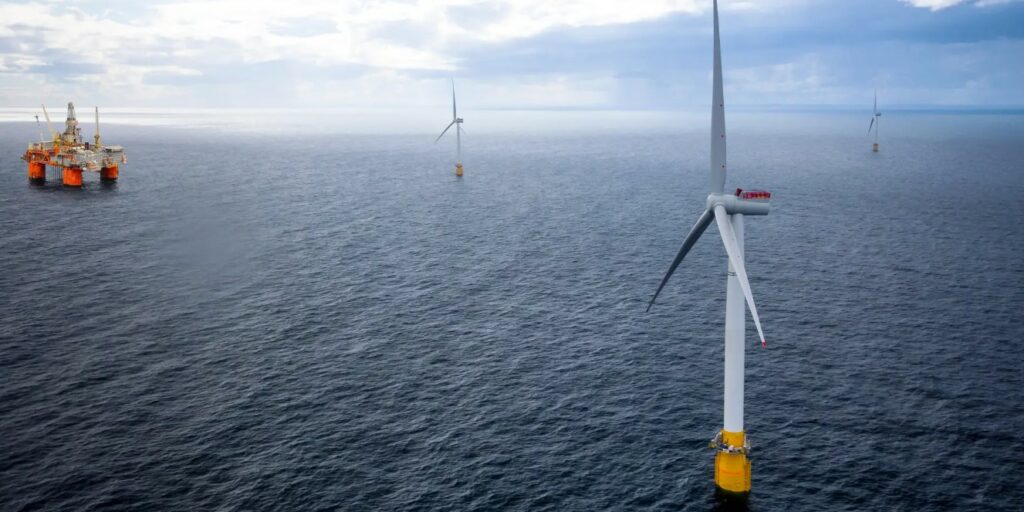

T-Mobile has announced it has expanded the footprint of its 5G Home Internet service across Illinois, Michigan and Wisconsin, where millions are still without access to high-speed internet. With this expansion, more than 6M homes throughout these states, and more than 40M homes nationwide, are now eligible for T-Mobile Home Internet. T-Mobile is leveraging its massive 5G network to increase access to T-Mobile Home Internet in 32 cities and towns in California, now available to nearly half of all households across the state.(Neowin, T-Mobile, Business Wire, Yahoo)
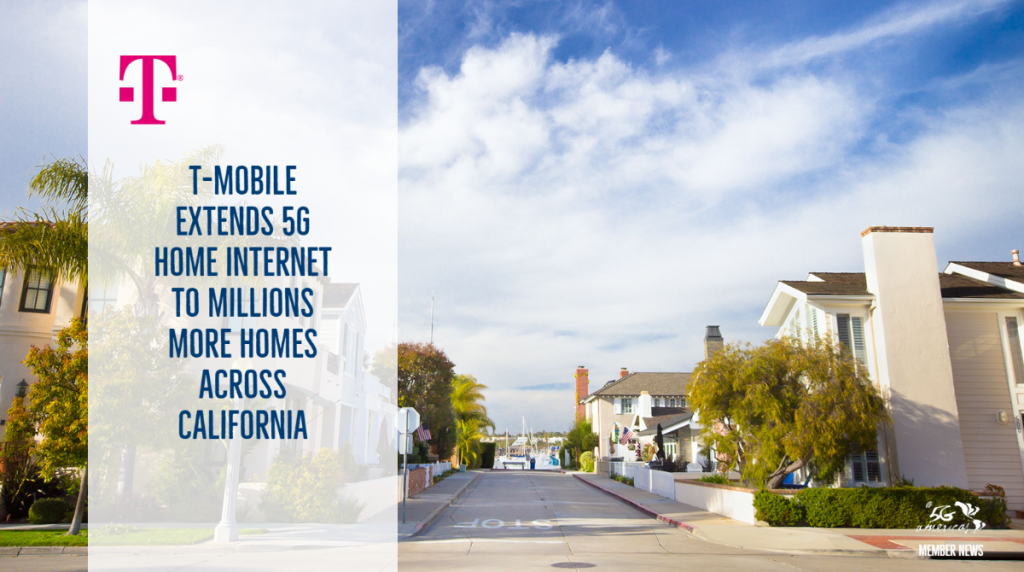
French telecoms group Orange has launched a new 5G network in Botswana in a first step towards rolling out the high-speed data offering to other markets in the Middle East and Africa. Following the initial Botswana launch, Orange’s 5G coverage will extend to 30% of the southern African nation’s population, including those living in Gaborone and Francistown, the two largest cities. Coverage will be extended to other cities early 2022. Orange is mainly focusing on 5G as a way of providing fast internet in Africa, where low population density makes rolling out fibre-optic infrastructure uneconomical. Africa and the Middle East, where Orange operates in 18 countries, account for over 60% of the company’s total mobile customers and EUR6.4B (USD6.6B) in revenue. (GizChina, Computer Weekly, Reuters, US News)
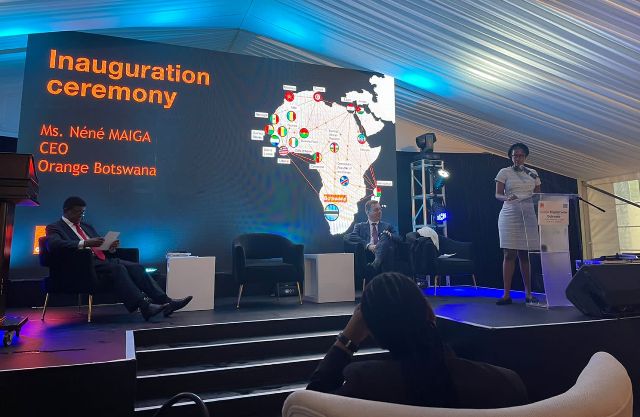
The FCC has passed an order requiring all ISPs to provide a “nutrition label” for consumer choice when searching for internet. These labels will offer information such as want-prices, speeds, fees, data allowances, and more key pieces of information. According to the FCC’s order document, this new rule will require broadband providers to display “easy-to-understand” labels so consumers can comparison shop for services. These new labels, while they seem quite similar to nutrition labels appearing on food packages, will offer consumers information such as want-prices, speeds, fees, data allowances, and other key information. The new requirement also offers aid through a few other features, like ensuring broadband providers show their actual label and not just an icon mentioning that it exists or a link to it. This is an effort of upfront clarity and transparency, so consumers gain all the facts as they search for the right internet. (Android Central, FCC)


UK phone companies will have to find ways to identify and blocked spoofed calls, according to the communications regulator Ofcom. It said that the new rules will protect people against scammers using fake phone numbers. Ofcom says that 75% of people have had suspicious calls and texts in the last 3 months. Under the new rules, Ofcom will require all telephone networks to identify and block spoofed calls where technically feasible. It said that phone companies should ensure numbers meet the UK’s 10- or 11-digit format, they should block calls from numbers that are on Ofcom’s Do Not Originate list, and calls from abroad that spoof UK caller IDs should also be blocked. (Neowin, Ofcom, Ofcom)

Microsoft has announced the Microsoft Supply Chain Platform, which helps organizations maximize their supply chain data estate investment with an open approach, bringing the best of Microsoft AI, collaboration, low-code, security and SaaS applications in a composable platform. The company has also announced the preview of Microsoft Supply Chain Center, a ready-made command center for supply chain visibility and transformation and part of the Microsoft Supply Chain Platform. Supply Chain Center is designed to work natively with an organization’s supply chain data and applications, with built-in collaboration, supply and demand insights, and order management. (Silicon Angle, Microsoft, Yahoo, IT Home)


Google has officially announced a new shopping feature that leverages augmented reality tech to reduce buyer’s remorse. The service lets users experiment with products via their phone and the magic of AR. Google is starting with makeup, with an emphasis on foundation products. The company teamed up with beauty brands to create a photo library with 148 models representing a “diverse spectrum of skin tones, ages, genders, face shapes, ethnicities, and skin types”.(Android Central, Google, TechCrunch, Lifewire)


Samsung’s Gaming Hub is a unique service that allows select Samsung TV owners to play games without needing a gaming console. Now the company has confirmed to add two more services – Antstream Arcade and Blacknut to its existing services lineup which includes Xbox, Amazon Luna, NVIDIA GeForce NOW and Utomik. Starting in 2023, Samsung will add Antstream Arcade which will open gates to over 1,500 iconic games from the 80s, 90s and 00s like Pac-Man, Mortal Kombat, Metal Slug, etc. whereas Blacknut Cloud Gaming will allow access to a wide variety of games like Metro Exodus, Overcooked and a vast collection of Disney games.(Engadget, Android Authority, Samsung, Sammy Hub)
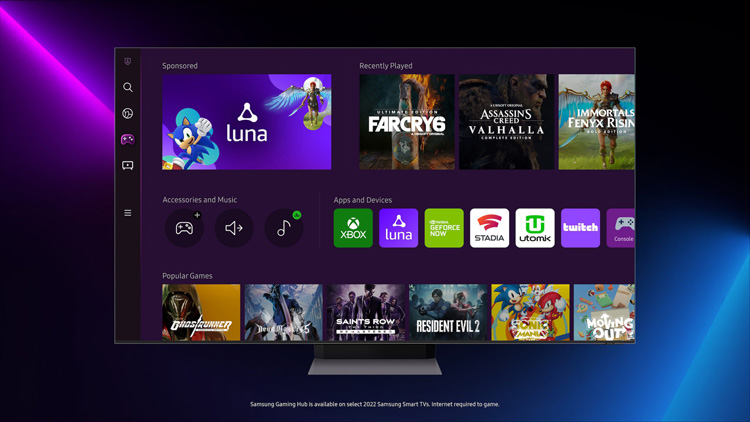

Consumer Reports has published annual reliability survey data indicating that hybrids are generally more reliable than their gas-only equivalents. Hybrid cars were the most reliable among vehicle types, with their SUV siblings ranking third. Certain models were stand-outs, including the Ford Maverick pickup, Lexus NX luxury SUV and Toyota Corolla sedan — they all had above-average reliability on top of major fuel savings. (Engadget, Consumer Reports)

The world’s population is reaching 8B people, representing a “milestone in human development” before birth rates start to slow, according to a projection from the United Nations (UN). The UN said the figure meant 1B people had been added to the global population in just 12 years. Middle-income countries, mostly in Asia, accounted for most of the growth over the past decade, gaining some 700M people since 2011. India added about 180M people, and is set to surpass China as the world’s most populous nation in 2023. (Washington Post, CNN, NPR, Axios, United Nation)
